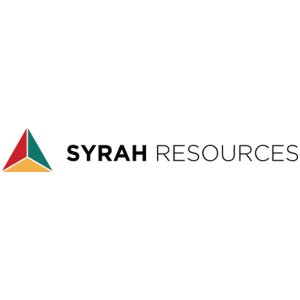A guest article by Adam Rolfe, Estelle Levin-Nally and Holger Grundel.
As the world’s priorities are reshaped by the COVID-19 crisis, Artisanal and Small-scale Mining (ASM) communities should not be overlooked. Here are 6 reasons why:
- The underlying health characteristics of ASM communities may mean that they are likely to be disproportionately impacted by the crisis. The direct and indirect impacts of ASM activity on health are well-documented. These include but are not limited to chronic respiratory illness, malnutrition, sexually transmitted diseases and substance addiction. For instance, respiratory disease resulting from dust exposure during the extraction and processing cycle is widespread in ASM communities. Data shows that COVID 19 mortality rates are almost 2x higher than the average in patients with this underlying condition (6.3% vs. 3.4%). Malnutrition, which reduces the body’s immune response, may well further compound the threat posed to communities as food security decreases (although data on this is limited since the incidence of the COVID-19 outbreak appears at present much greater in the Global North). In addition to this, access to health care in ASM communities is typically limited to non-existent since it predominantly occurs in the rural areas of developing countries, which have an underdeveloped health infrastructure. In short, ASM community resilience to the disease is likely to be low, with associated mortality relatively high.
- The ASM sector is a likely vector for the spread of coronavirus in fragile states. At the same time as being disproportionately affected by the COVID-19 outbreak, ASM miners and traders are likely to contribute significantly to the rapid spread of the illness within and between towns and rural areas. There are three reasons for this.
- Despite some tight restrictions in place on ASM activity, including outright bans in some jurisdictions (e.g. Zimbabwe, Mali), ASM production will continue regardless, as it has often done in the past under similar dictats, because many ASM labourers live hand to mouth without savings or formal social safety nets. Since ASM is labour-intensive and conducted in teams it is likely to spread quickly amongst workers and the communities in which they live.
- Secondly, for production to continue the trade in minerals must continue. At the best of times, this trade is predominantly informal; during the crisis, it will be even more so. Therefore, as minerals and money are exchanged, so too are viral particles.
- Finally, ASM miners and traders are highly transitory; traders must move the product from A to B, and we are likely to see miners return to their places of origin and / or move between sites (including inter-regional and cross-border migration) as mining economies and political stability deteriorate as coronavirus takes hold.
- The impact of COVID-19 is likely to destabilise already fragile security situations in ASM areas. A significant proportion of ASM activity is found in Conflict-Affected and High-Risk Areas (CAHRAs), where the production and trade in minerals is / has been linked to conflict financing and serious human rights violations. The rapidly changing local dynamics in ASM areas will likely be seen as an opportunity that is too good to miss for armed elements that seek to extend their control in these areas. We are already hearing anecdotally that the “retreat” of the state and military or peacekeeping forces from some rural areas during the crisis is creating a vacuum that illegal armed groups are starting to fill. Where they remain, rent-seeking opportunities are reportedly being exploited. We anticipate that this is likely to result in an intensification of violence in already fragile conflict or post-conflict settings unless stabilisation measures are maintained, reinforced and well-governed. The victims of a rise in violent conflict and / or predation will predominantly be rural communities, who operate in areas where it is lucrative to extend control. A longer-term impact of this will be the raising of barriers to formal, responsible trade, which is notoriously difficult to achieve within a conflict setting.
- Lower-income and increasing food prices will increase poverty in ASM communities. ASM communities’ short-term purchasing power will be significantly impacted by the COVID-19 crisis, making it hard for them to access basic necessities at a time of great need. Reports already show that that the local spot price for gold (price paid at the mine site) has been severely impacted by the crisis, resulting from challenges in moving minerals to market. Decreases of up to 50% have been reported in Latin America, 25-50% in West Africa and 10% in Papua New Guinea. Whilst this presents opportunities for buyers it will have severe implications on mining households’ income. This comes at a time when disruption to local food supply chains is increasing the cost of basic necessities. The FAO reports that globally “[a]n upsurge in food demand and disruptions to supply chains triggered by the COVID-19 pandemic underpinned food price increases in several countries in the second half of March”.
- Liquidity crunches will limit the medium-term viability of ASM production and jobs. ASM production is highly dependent on pre-financing, as it can have high upfront costs in terms of labour and equipment before the minerals are extracted. These pre-financing relationships are often governed by a paternalistic relationship between miners and their backers, through which miners can access welfare support in times of hardship. Yet reports demonstrate that as liquidity dries up in producer countries, well-resourced traders are seizing the opportunity to buy low and sell high. Traditional pre-financing networks are therefore likely to be disrupted and replaced by less “embedded” buying relationships formed in what is a temporary “buyers’ market” where short-term wins and cherry-picking are likely to prevail. We are therefore likely to see a significant negative impact on the medium-term viability and productivity of ASM operations as embedded capital which typically circulates up and down the supply chain is replaced by a “quick win” mentality. This will only compound the impact on ASM incomes the longer the crisis continues.
- COVID-19 will bring ASM populations into closer contact with wildlife increasing the prospect for animal to human transmission of infectious diseases. In addition to COVID-19 the epidemics Ebola, SARs, MERs, HIV, Influenza A and many others can all trace their origins back to animal hosts. As resource scarcity, and especially food shortages, pushes ASM populations into closer contact with animals, primarily as a food source, there is a risk that the indirect impacts of the present crisis can generate the conditions from which a new pandemic could be born. Whilst this final point may seem abstract, so too did the threat of a global pandemic of present proportions at the end of 2019. Policy makers therefore need to be thinking in terms of preventing future crises now. And this means prioritising emergency response to vulnerable groups, amongst which we can count ASM communities.


.jpg?ext=.jpg)

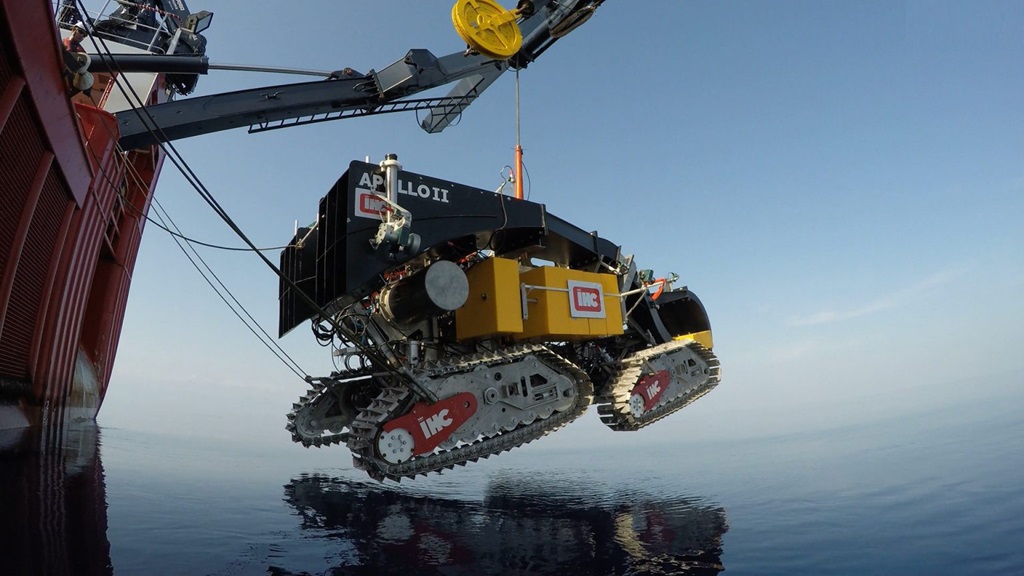




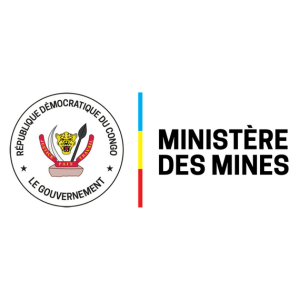

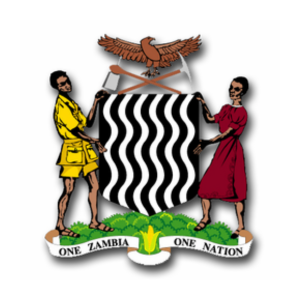

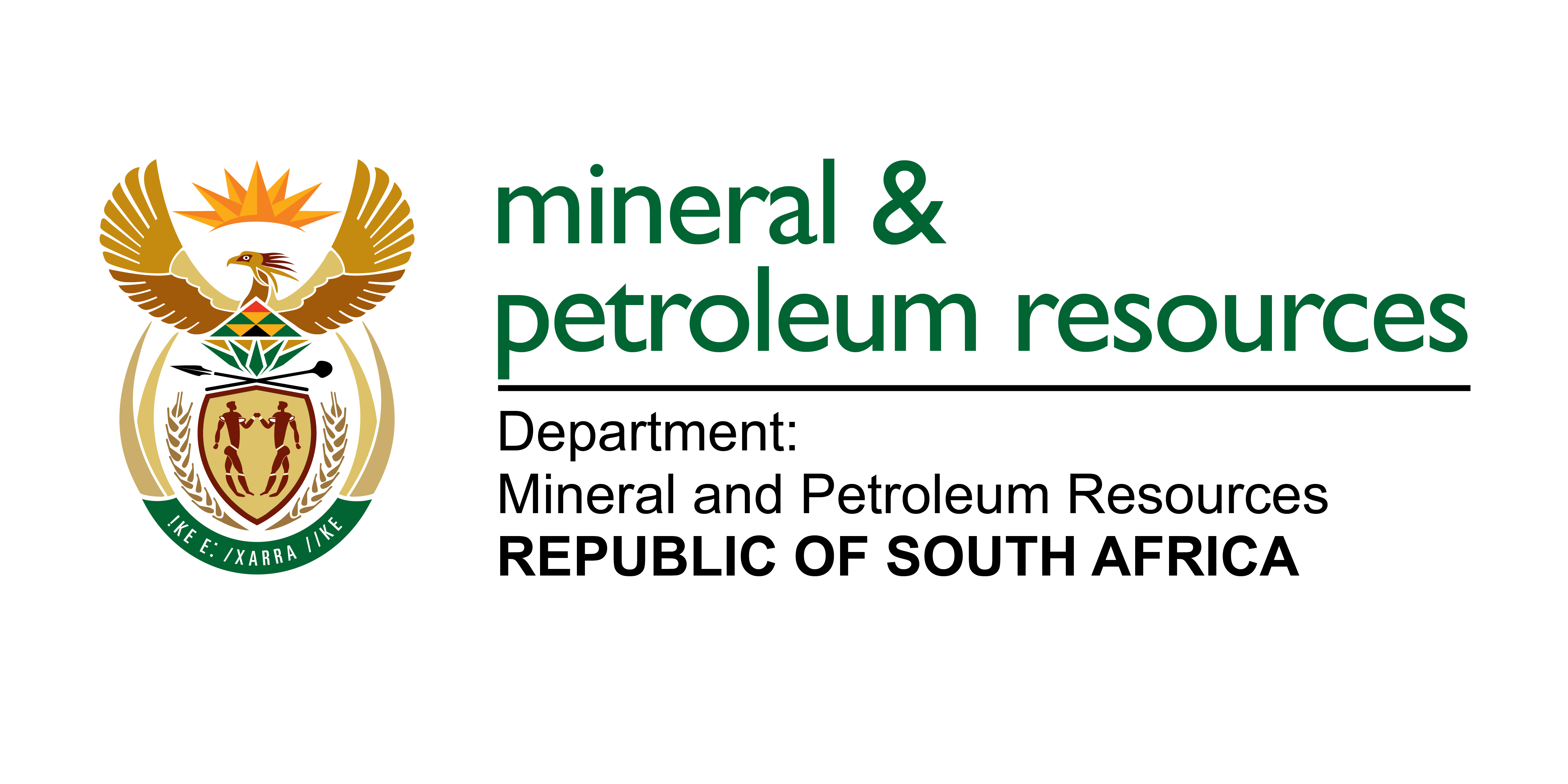-Logo_CMYK_1.jpg?width=1000&height=500&ext=.jpg)








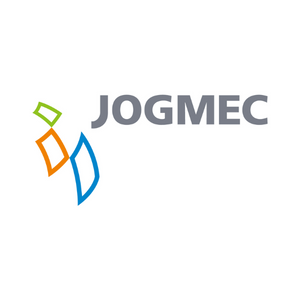


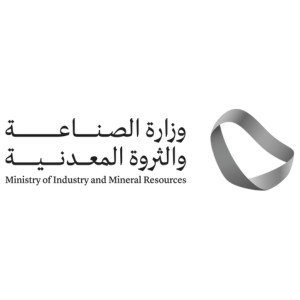
_mi25-weblogo.png?ext=.png)
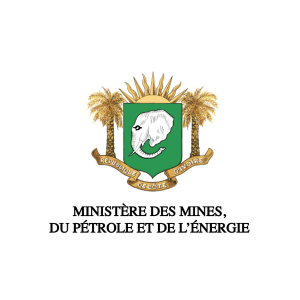
_1.png?ext=.png)
















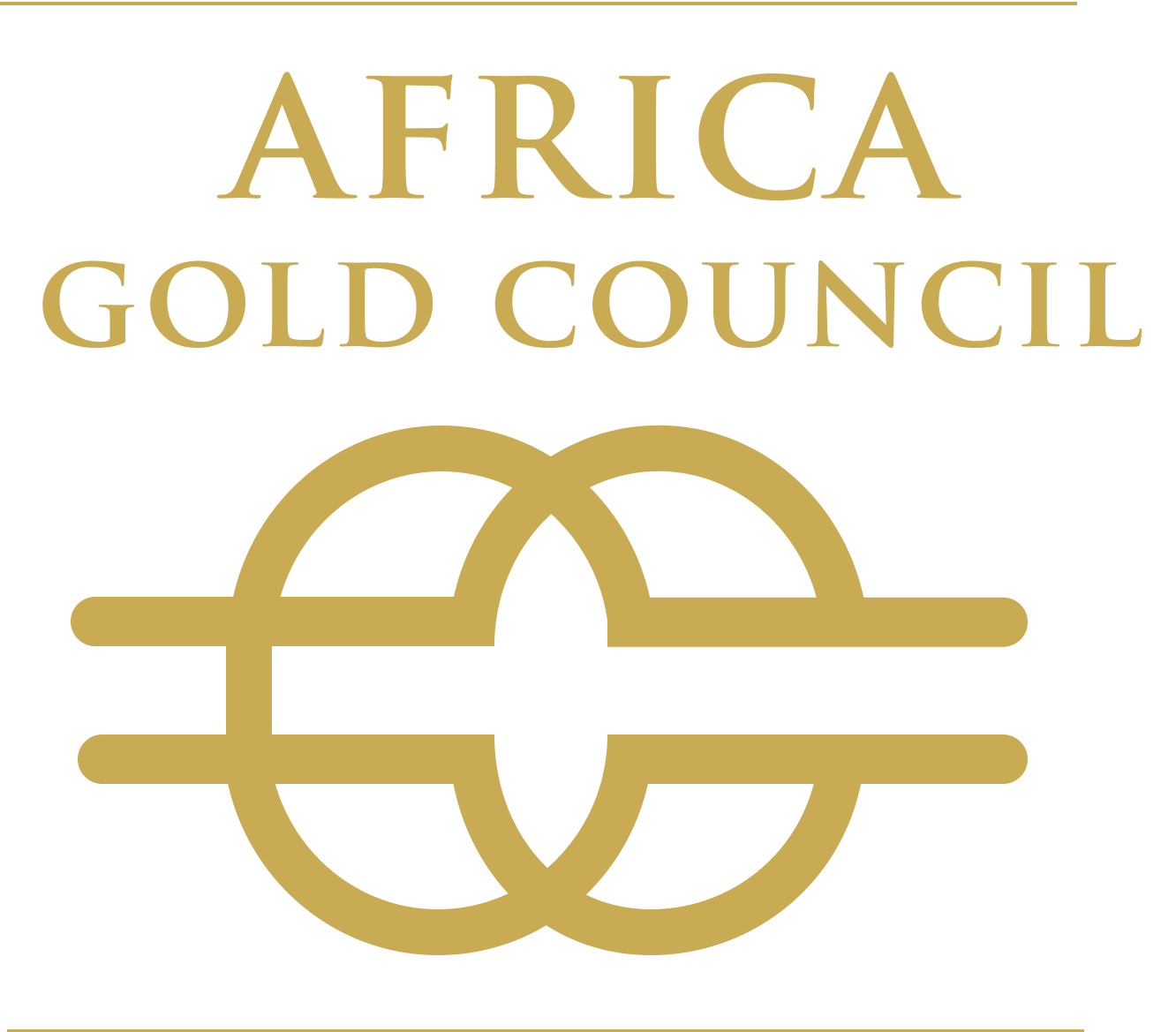












_mi25-weblogo.png?ext=.png)

